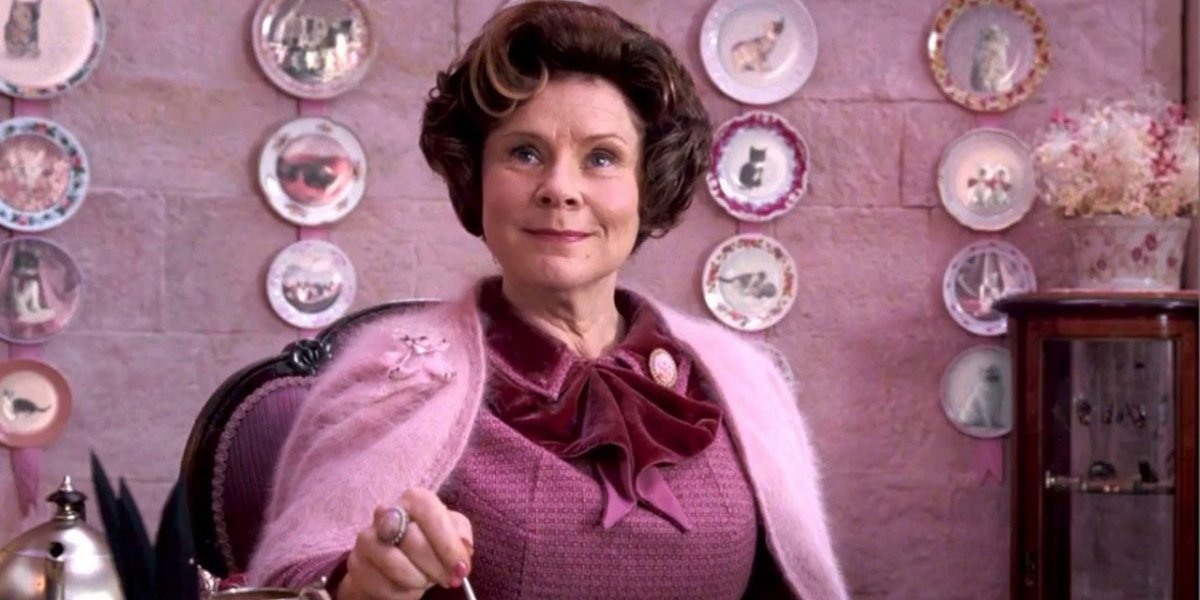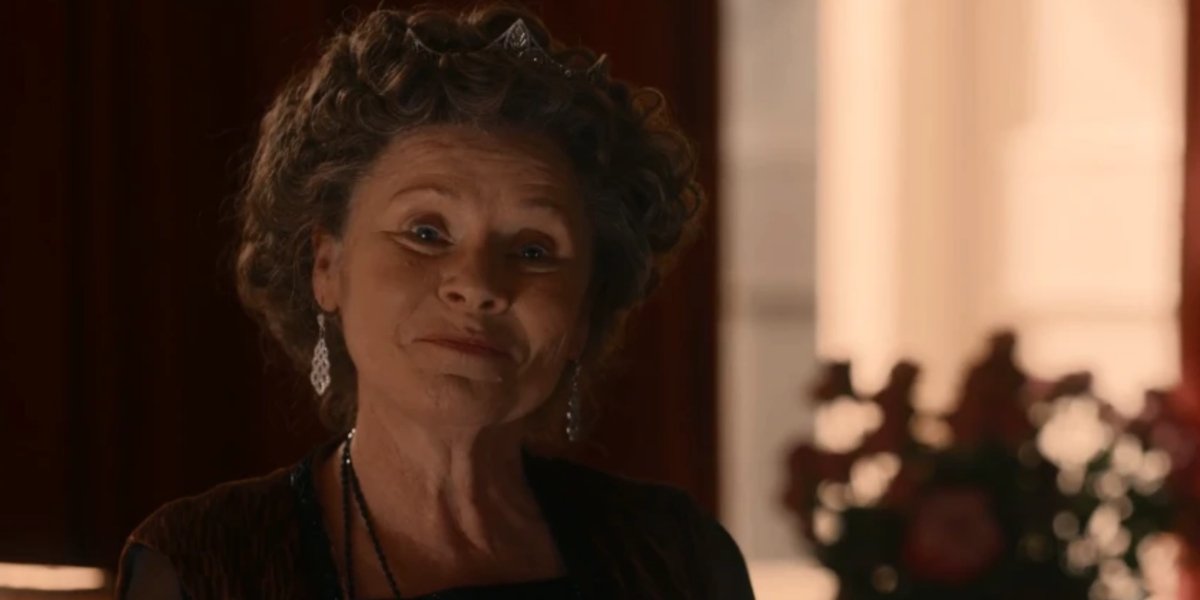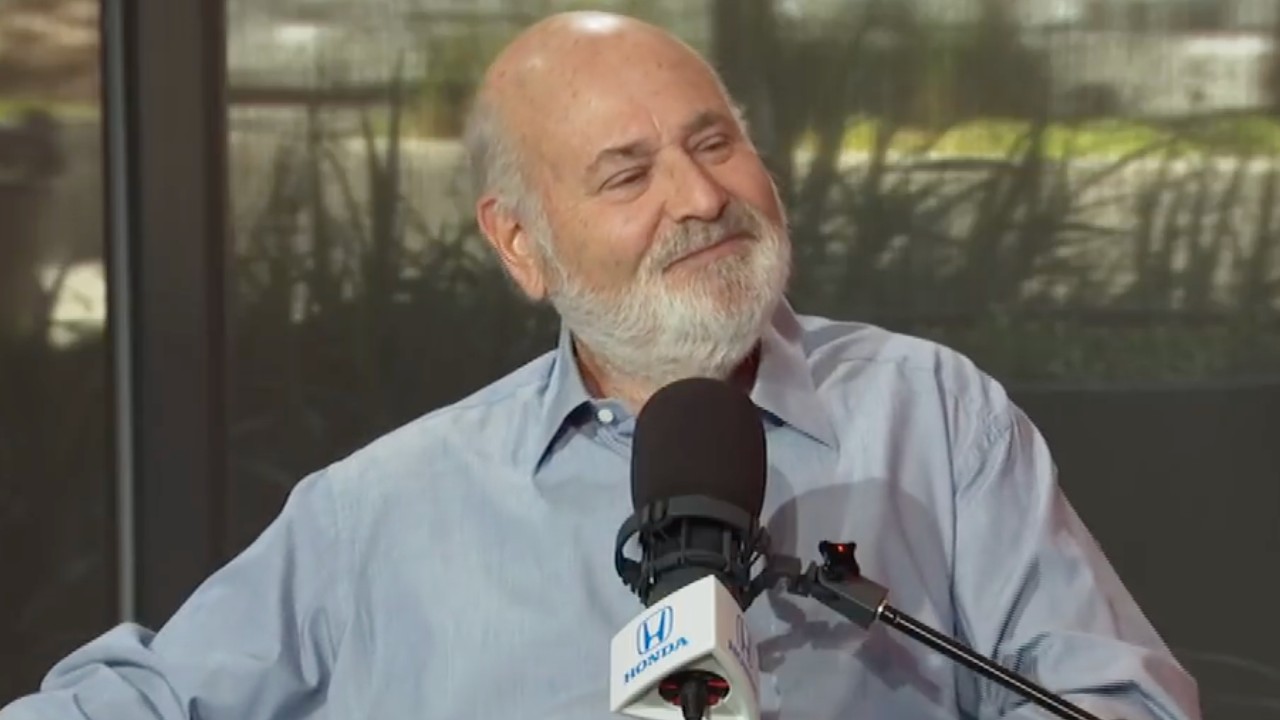Harry Potter Actress Imelda Staunton Reveals Why Her Downton Abbey Gig Was So Different


Most film audiences know actor Imelda Staunton as the infamous Professor Dolores Umbridge from the Harry Potter franchise; and with a character that outlandish and cruel, you can kind of see why. But if you’ve gone to see the Downton Abbey film recently, you may have noticed Staunton back on the screen, albeit in a vastly different context, as the character Lady Maud Bagshaw.
With a more natural and sincere smile, and some of the greatest manners on display as Queen Mary’s lady in waiting, Imelda Staunton elaborated on how different the two characters were in these specific terms:
Maud has empathy and she has human feelings and I think Dolores lacks both those things and couldn't be more different.
Looking at how Professor Umbridge was a tyrannical fascist in the wizarding community, and Lady Bagshaw was so generous she bequeathed her estate to her companion Lucy Smith, the differences are really night and day. Flipping the circumstances of their characters, you could see that Maud would be very protective of her students and care for their well-being, while Dolores would probably have the estate razed to the ground once she passed on.
It certainly speaks to the range of Imelda Staunton’s storied career as an actor, as her Downton Abbey role really brings out a brightness in her person that warms the hearts of the audience. And surely, if writer/creator Julian Fellowes really wanted to, he could have created a villain out of Lady Bagshaw. With the hurdles she presents to the Crawley family and their potential inheritance, there was certainly a potential to create a baddie that’d go toe to toe with Dame Maggie Smith’s Violet Crawley.
However, in further remarks made to Town and Country, Staunton made this observation as to why this villainy was not required in Downton Abbey’s film debut:
I think Downton appeals because the people upstairs and downstairs are trying to do their very best. I know in films we love a good villain, but actually to have good people who have morals—God knows, don't we need that?
It probably helps that Lady Maud Bagshaw and the Dowager Countess never squared off, as not only would that make Lady Bagshaw feel closer to Harry Potter’s Professor Dolores Umbridge, but it could have presented a conflict that doesn’t really resolve itself in the space of a singular film. With prospects for a sequel uncertain, but certainly welcome, that means any sort of tension brought up in the Downton Abbey film had to be closed off within the film that introduces them.
So much like Robert James Collier’s character Thomas Barrow found a happy ending, Imelda Staunton’s Lady Maud Bagshaw eventually made up with her family, while being a stand up person; and in the convenient length of a motion picture.
Your Daily Blend of Entertainment News
Scaling a series like Downton Abbey into a film version means that certain changes, both in scope and pacing, need to be engaged in to make the total product work. Fewer villains, and tighter story resolution are two of the big factors that most commonly come up in such an adaptation. So to see Imelda Staunton playing a more benevolent figure on the big screen not only gives audiences another new light to see her acting talents in, it’s also very helpful for a story that brings a triumph of warmth and humanity to theaters when its most needed.
Downton Abbey is in theaters now. However, if you’re looking for something new to enjoy in theaters, check out our 2019 release schedule to see what’s headed our way in the near future.

Mike Reyes is the Senior Movie Contributor at CinemaBlend, though that title’s more of a guideline really. Passionate about entertainment since grade school, the movies have always held a special place in his life, which explains his current occupation. Mike graduated from Drew University with a Bachelor’s Degree in Political Science, but swore off of running for public office a long time ago. Mike's expertise ranges from James Bond to everything Alita, making for a brilliantly eclectic resume. He fights for the user.
